Russia withdraws Black Sea Fleet vessels from Crimea base after Ukrainian attacks
Russia has pulled the bulk of its Black Sea Fleet from its main base in occupied Crimea.
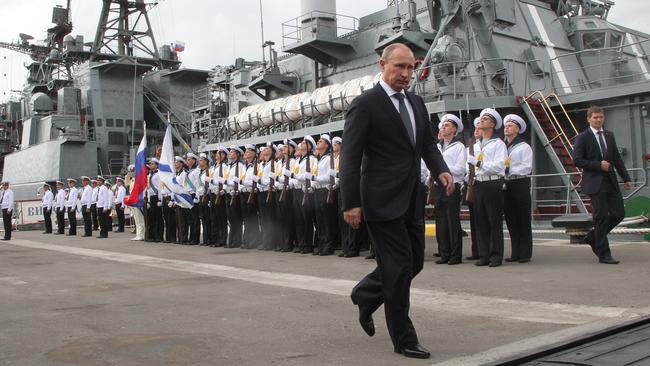
Russia has withdrawn the bulk of its Black Sea Fleet from its main base in occupied Crimea, a potent acknowledgment of how Ukrainian missile and drone strikes are challenging Moscow’s hold on the peninsula.
Russia has moved powerful vessels including three attack submarines and two frigates from Sevastopol to other ports in Russia and Crimea that offer better protection, according to Western officials and satellite images verified by naval experts. The Russian Defence Ministry didn’t respond to a request for comment.
The move represents a remarkable setback for Russian President Vladimir Putin, whose military seizure of Crimea in 2014 marked the opening shots in his attempt to take control of Ukraine. His full-scale invasion of last year has now boomeranged, forcing the removal of ships from a port that was first claimed by Russia in 1783 under Catherine the Great.
The withdrawal from Sevastopol follows a series of strikes by Ukraine in recent weeks that have severely damaged Russian vessels and the fleet’s headquarters.
The immediate military effects of the move are limited, as the ships will still be able to fire cruise missiles on civilian infrastructure such as ports and power grids, naval experts said. Ukraine’s strikes had already broken the fleet’s blockade of Ukrainian ports, denying Russian access to parts of the Black Sea and opening a new corridor for Ukraine to dispatch economically vital grain shipments.
But the withdrawal is a timely boost for Ukraine as its counteroffensive advances more slowly than planned amid heavy losses and political ructions in the US raise questions about funding for Kyiv’s efforts to expel Russian occupying forces.

James Heappey, UK minister of state for the armed forces, called the dispersal of the ships “the functional defeat of the Black Sea Fleet” at a conference in Warsaw this week.
Satellite images dated October 1 and provided by Planet Labs showed that the bulk of the naval vessels were moved to Novorossiysk, a Russian port on the Black Sea, said Mikhail Barabanov, a senior analyst at the Center for the Analysis of Strategies and Technologies, a Moscow-based defence think tank, who reviewed the images. The craft included all three of its operational Kilo-class attack submarines, two guided-missile frigates and one patrol ship. Other vessels, including a large landing ship, a number of small missile ships and new minesweepers were moved to the port of Feodosiya, farther east along the Crimean Peninsula, Barabanov said.
While the move may represent only a temporary measure to safeguard against further Ukrainian strikes, the logistical headache of relocating some of Russia’s heaviest ships underscores the threat of Kyiv’s strike capabilities.

Ukraine has targeted Crimea in recent weeks with cruise missiles that have seriously damaged a Russian submarine and a large landing vessel, as well as the headquarters of the Black Sea Fleet. Analysts say those strikes likely used cruise missiles provided by the UK and France, which have placed restrictions on their use, meaning they can’t hit Novorossiysk.
“The main factor in the decision is that the West until now has forbidden Ukraine from using Western weaponry for strikes within the 2014 borders of the Russian Federation,” said Barabanov. Ukraine successfully struck Novorossiysk using its own locally-produced naval drones earlier this year.
Yoruk Isik, a naval expert and the head of the Bosphorus Observer consulting firm, said that the satellite images showed nets and barges placed at the entrance to the shipyard in Feodosiya, illustrating Russia’s concern about further Ukrainian attacks on the facility.
“They have some security concerns that Ukraine can run a successful naval operation here,” said Isik, who also confirmed that the images showed that the Russian warships had moved from Sevastopol to the other ports.
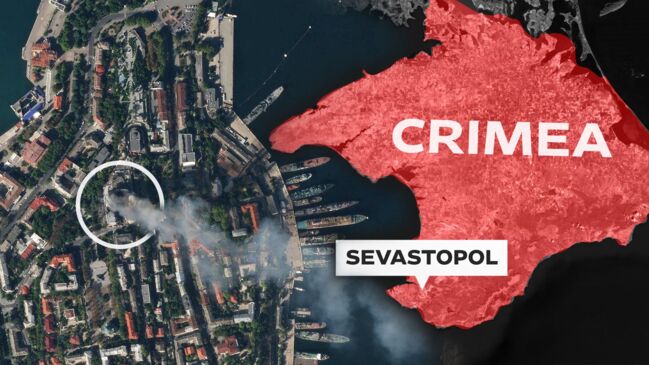
Since thwarting Russia’s hopes of seizing Odesa at the start of the war in spring 2022, Ukraine has fought back in the Black Sea despite its lack of naval power.
Last year, Ukraine sank the flagship of the Black Sea Fleet, the missile cruiser Moskva, with a domestically produced antiship missile and recaptured the small but strategic Snake Island in the Black Sea.
Ukrainian commandos have also been conducting raids around Crimea. On Wednesday, Ukraine’s military intelligence agency, known as HUR, said its forces had landed in Crimea and attacked Russian soldiers.
“There was a battle with the Russian invaders,” Andriy Yusov, a spokesman for HUR, said in a statement to Ukrainian media. He said the Ukrainians had inflicted casualties on the Russians but added, “Unfortunately, there are losses among the Ukrainian defenders.” Ukraine has intensified its strikes on the Russian fleet in recent months as Russia escalated attacks on Ukrainian ports and civilian ships in the Black Sea. Russia in July withdrew from a Turkish- and United Nations-brokered agreement that had unblocked Ukrainian grain exports from Odesa.
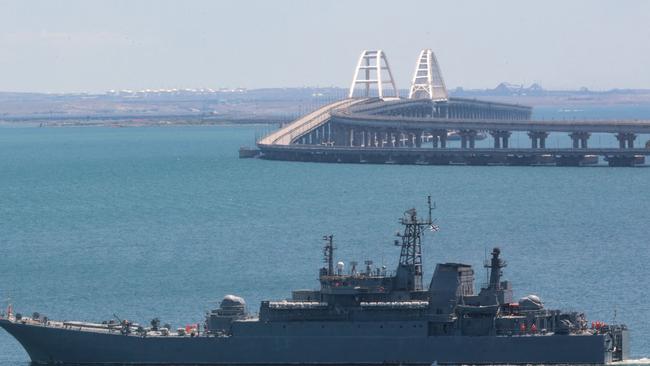

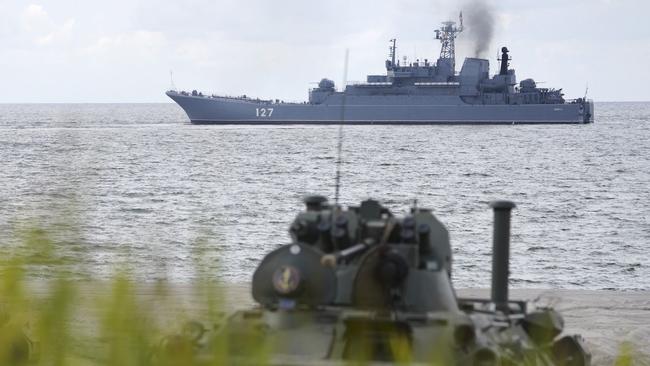
The agreement, signed in July 2022, had guaranteed the safety of vessels via a designated maritime corridor, contributing to a military de-escalation in the Black Sea and providing an economic lifeline to Ukraine.
After withdrawing from the grain agreement, Russia threatened to intercept civilian ships heading to Ukraine and launched a series of missile and drone attacks on key Ukrainian port and grain-exporting infrastructure.
Ukraine’s military response has limited the Russian navy’s ability to manoeuvre in the Black Sea. Ukrainian surface drones rammed a Russian landing ship in the port of Novorossiysk and attacked another ship in open water. Ukraine also used its sea drones to attack an oil tanker that carries jet fuel for the Russian air force and a bridge that links the Russian mainland to Crimea.
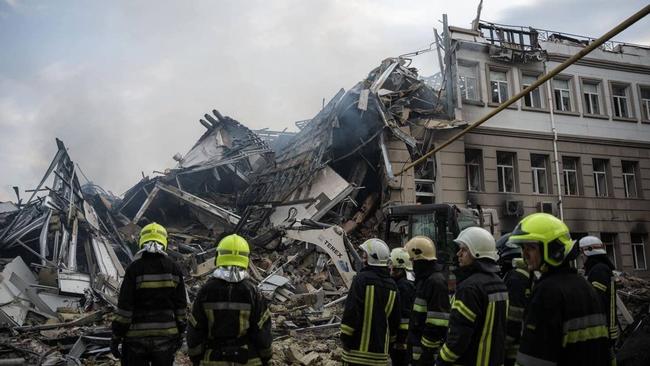
A Ukrainian military spokeswoman said on Wednesday that Ukraine had pushed back the front line in the Black Sea to at least 100 nautical miles from Ukraine’s shorelines. Russian ships no longer go beyond Cape Tarkhankut, at the western end of the Crimean Peninsula, said Natalia Humeniuk, a spokeswoman for Ukraine’s southern defence forces.
“Currently, ships and boats of the Black Sea Fleet of the Russian Federation do not actually sail in the direction of the territorial sea of Ukraine,” she said.
Russia is also constrained in the Black Sea due to a decision by Turkey last year to implement an international treaty that bans warring states from bringing additional warships through the Turkish straits, the strategic chokepoint at the entrance to the region. Turkish officials invoked the 1936 Montreux Convention, barring Russia from bringing ships from its other naval forces around the world.
Ukraine’s breaking of Russian military dominance in the Black Sea could also boost the Ukrainian economy.
Ukraine opened up a new maritime corridor for civilian ships transiting to and from Odesa as an alternative to the Turkish- and UN-backed agreement. The new shipping lane hugs Ukraine’s coastline, which is protected by the Ukrainian military, before entering the coastal waters of Romania and Bulgaria, which are members of the North Atlantic Treaty Organization.
The first ship to leave via the corridor sailed in August, with a series of ships entering and leaving the shipping lane at an increasing pace in recent days. Another 12 ships were waiting to enter the corridor as of Wednesday, the Ukrainian navy said.
Ian Lovett contributed to this article.
The Wall Street Journal

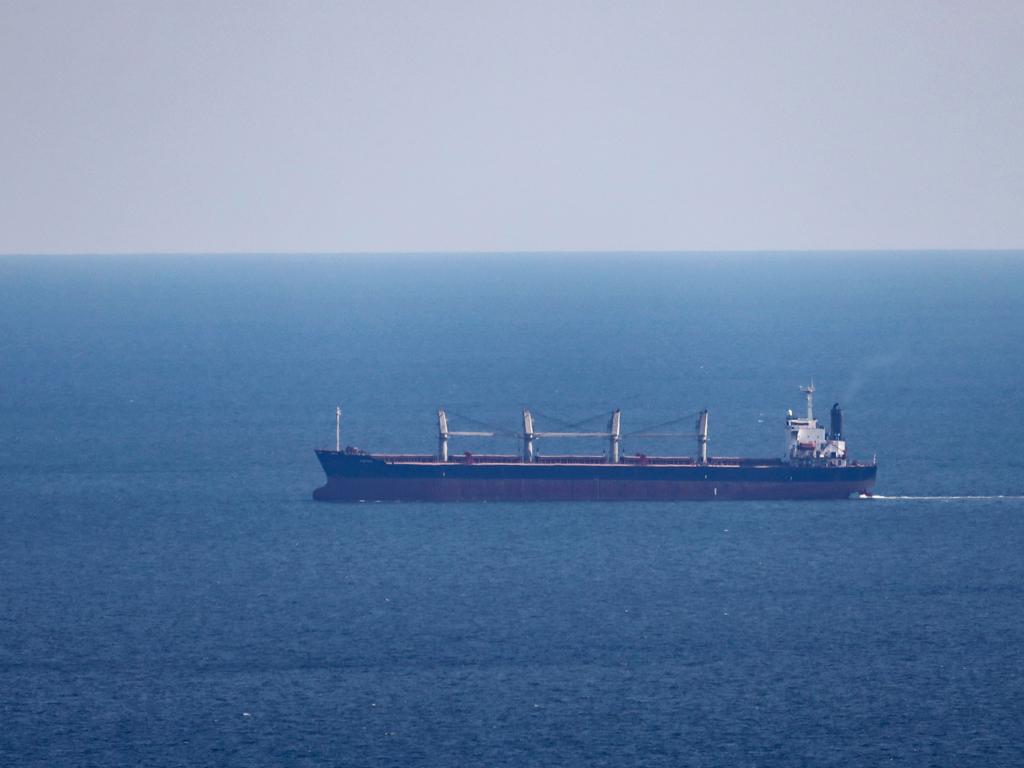


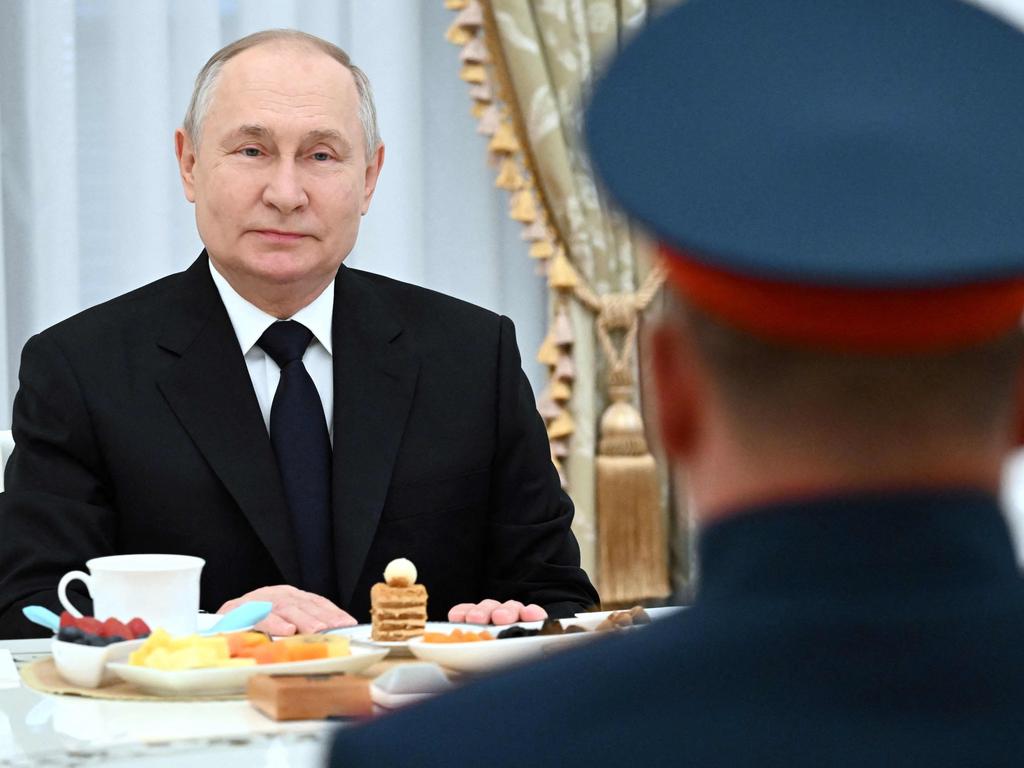
To join the conversation, please log in. Don't have an account? Register
Join the conversation, you are commenting as Logout